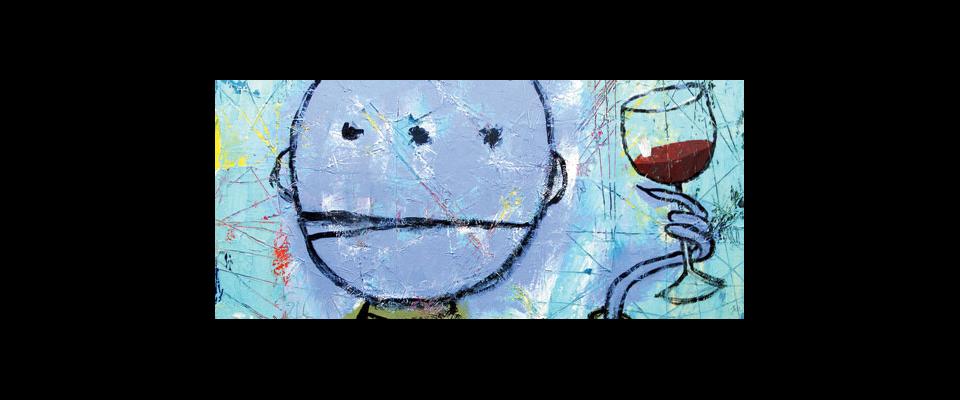Search for alien life is boon to drinkers
On a chilly early-winter afternoon, Richard Mathies, Berkeley chemistry professor and inventor, offered a toast during an impromptu wine-tasting at his lab. “To Mars, and wine analysis,” he said as his guests lifted plastic cups.
The shoebox-like device that facilitates the pursuit of these seemingly disparate areas of inquiry waited on a nearby lab table for its own sip of zinfandel. The device, known as the Mars Organic Analyzer, is a self-contained lab designed by Mathies for the European Space Agency mission to Mars in 2013. If all goes well, the analyzer will detect the chemicals associated with life in soil samples from beneath the planet’s surface—the same chemicals, known as biogenic amines, that can be found in varying concentrations in different types of wine.
Mathies seems immune to the narrowing of horizons that can accompany scientific specialization. In his office hangs a photograph of him perched on a spire several thousand feet above a glacier. (Owners of Fifty Classic Climbs of North America will have seen the picture on the back cover.) These days he favors large-lens glasses and button-up shirts to goggles and Gore-Tex, but he still has a lanky outdoorsman’s physique. On the opposite wall, atop a bookshelf, stand perhaps two dozen empty wine bottles.
Mathies likes wine, but wine doesn’t like Mathies. Red wine, in particular, will sneak up on him, roughly six hours after he’s had a glass. “It’s almost always between two and three in the morning,” he says. “You are awake like daytime and the blood is pounding in your head. You are flushed, your temperature is elevated, your heart is going like crazy. It’s a very scary event.” The attacks were serious enough that Mathies quit drinking red wine—at least, most of the time. Then one evening, while having dinner and considering a glass, a thought struck him. Perhaps the device he’d built to find life on Mars could identify his chemical nemesis in a drop of wine. “I came back to the lab, brought in a bottle of wine, gave it a try and it was absolutely amazing. It worked like a charm.”
The machine graphed the chemicals in the wine as a series of peaks, each corresponding to a microbe-made compound. One, tyramine, caught Mathies’s eye. Tyramine (also found in fermented foods such as cheese and sauerkraut) triggers a release of adrenalin into the bloodstream—severely so, in some people. The resulting increase in heart rate produces pounding headaches, breathlessness, and high blood pressure—symptoms that squared perfectly with Mathies’s attacks.
After he published his results, people emailed him saying they, too, had experienced these episodes and were relieved to learn there was a simple chemical explanation. “Biological systems are just chemistry,” Mathies says. “Knowing that you’re not doing something wrong helps people out.” That knowledge might, in particular, help people who are predisposed to stroke and heart disease. Mathies says it’s possible that a bad glass of wine could kill someone.
Now the company Microchip Biotechnologies (Mathies is one of the founders) is developing technology for a cell phone–sized personal analyzer that would allow gourmands to test the tyramine levels of their food and wine. Mathies envisions going a step further and making a version that fits inside a cell phone. He also wants to conduct research on different wine types and post the results online—if he could just secure the money to buy the wine, he muses. “I’m particularly interested in making a critical comparison of old French Bordeaux with California cabernets.”


















